Mobility Resort Motegi Firework Festival

Fireworks Highlights
History of Fireworks
What is Hanabi?
In Japan, black powder was introduced along with firearms during the Sengoku period in the 16th century, and it began to be used not only for guns but also for signals in battles such as "smoke signals." However, fireworks for viewing as we know them today appeared only after the Edo period began. The first fireworks festival in Japan is said to be the "Ryogoku River Opening Fireworks," held near Ryogoku Bridge in 1733.
Among the fireworks artisans active at that time were Tamaya Ichirobei and Kagiya Yahei, whose trade names are the origin of the cheers "Tamaya! Kagiya!" still heard at fireworks festivals today.
How to Make Fireworks
Japanese fireworks are the best in the world
Types of Fireworks
"Warimono" are fireworks where the shell explodes and scatters gunpowder pellets (stars) in all directions. The round and beautiful warimono represent Japanese fireworks.
"Pokamono" literally means fireworks where the shell splits into two pieces with a pop in the sky, and the stars packed inside fall down. Among these, there are some that move irregularly or have parachutes attached to the stars so they slowly descend from the sky.
There are also "small shell" fireworks, where many small fireworks shells are packed inside a large shell, and when it bursts, many small fireworks bloom. There are various types of fireworks, and understanding the types makes viewing them even more enjoyable.
Chrysanthemum

Experience the essence of traditional fireworks techniques with a dazzling display of shooting stars and radiating patterns, depicting the chrysanthemum crest. When the colors of the petals change, it is called a "changing chrysanthemum".
Peony

Similar to chrysanthemums, they bloom roundly but without dragging their tails, drawing light points and blooming flowers like peonies. They have a refreshing delicate beauty and brighter light than chrysanthemums. Among them, bright stars made with magnesium and other materials are called "Dahlia".
Yanagi
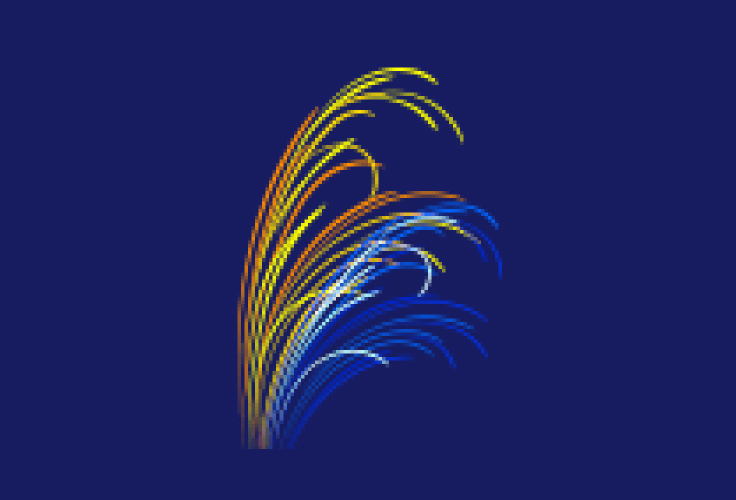
When the fireworks burst, the light falls from the sky like willow branches. Recently, there are various colored willows such as colored willows, and some change color when they fall.
Coconut
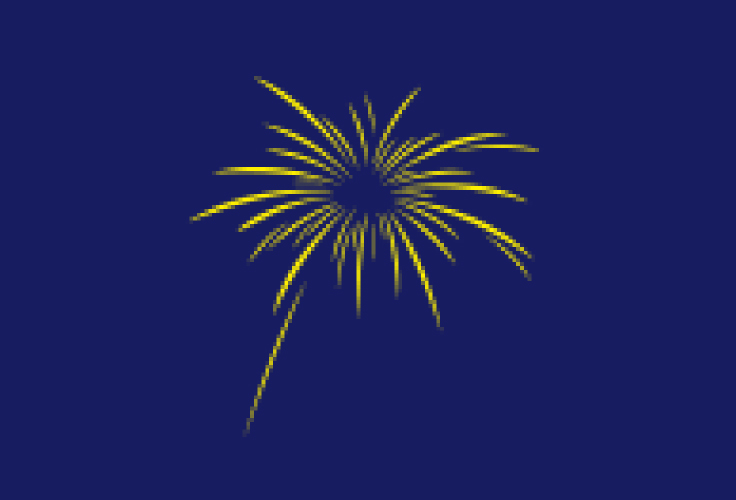
Looks just like a coconut tree with fireworks spreading out like coconut leaves. One of the representative fireworks of summer.
Star Mine
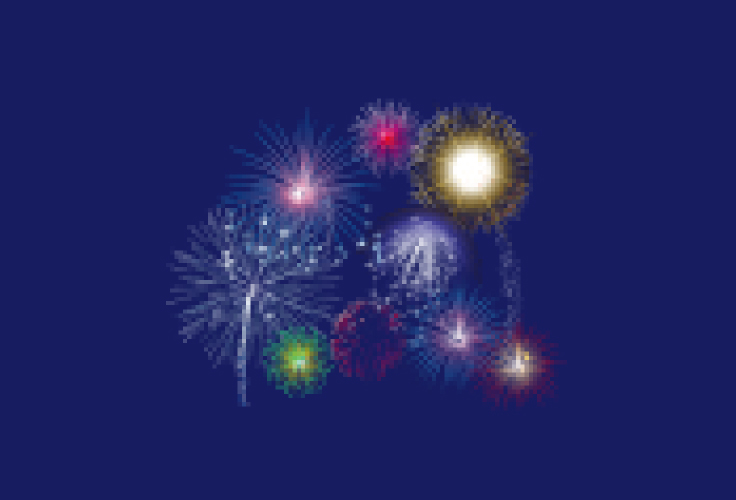
It is a combination of multiple fireworks that are continuously launched to create one theme.
Senrin

This is a firework that bursts open with multiple small balls packed inside, all at once, a moment after the firework ball explodes in the sky. Using small balls in various colors in the shape of chrysanthemums creates a "thousand chrysanthemums" effect.
Types (Saturn, butterfly, etc.)

Fireworks that draw various shapes such as hearts, smiles, butterflies, and Saturn with dots and lines of light. Some fireworks are not spherical, so depending on the direction they open, they may be difficult to see.
Size and Types of Fireworks
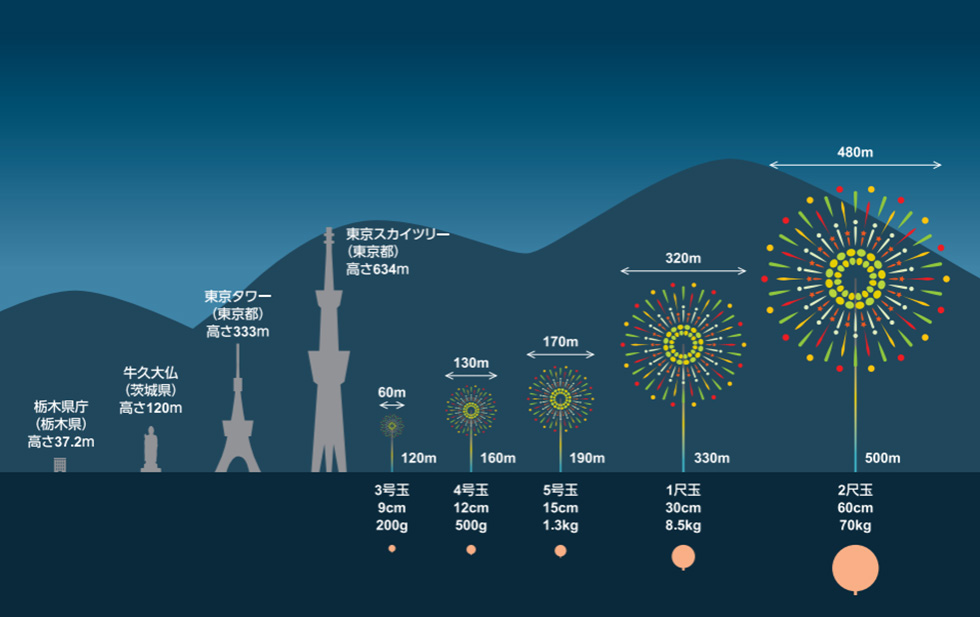
Firework shells are referred to by size numbers such as 3, 4, and so on. The larger the firework shell, the larger the diameter of the firework burst in the sky becomes, reaching about 50 meters for a 2.5 size shell and about 320 meters for a size 10 shell.
While size is important, it is said that shells of size 5 or larger are best for creating more delicate colors and shapes. In fireworks competitions, the beauty and originality of 10-inch (1 shaku) shells are often contested.
Difference between foreign and Japanese fireworks
Japanese Fireworks to be Proud of in the World

1. They bloom perfectly round, large, and orderly.
2. Each star of the petals changes color vividly.
3. It is possible to layer double and triple cores in concentric circles.
Also, Western-style cylindrical fireworks do not scatter in all directions in the sky, so they do not open into a perfect sphere like Japanese fireworks. However, some are characterized by connecting shells together, allowing them to change in multiple stages in the sky.
On the other hand, in Japan, from size 7 shells and larger, called "large shells," the sophisticated and magnificent expressive power becomes a prominent feature.
Additionally, Japanese fireworks artisans have skillfully mastered the technique of using Japanese paper to create double and triple concentric circles.
Fireworks with triple, quadruple, and even quintuple cores are a testament to the exquisite craftsmanship that Japan proudly presents to the world.
Good Fireworks Viewing
4 Tips for Watching Great Fireworks
1. Good sitting position
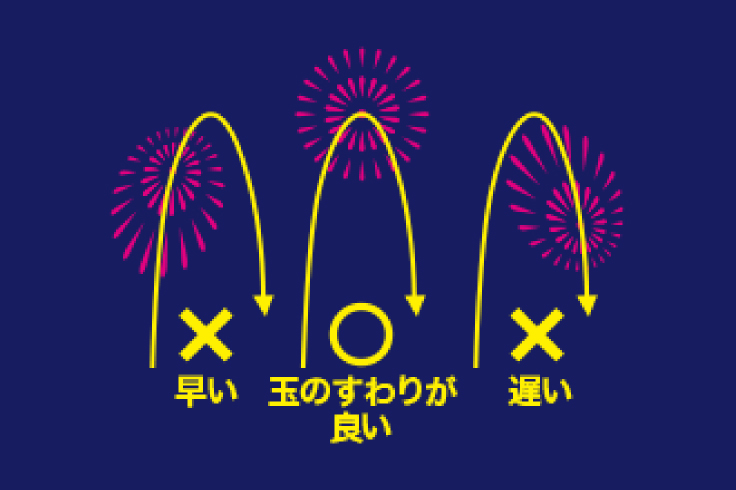
The shell opens at its apex.
Ideally, fireworks shells open at their highest point. When the shell opens at the moment it changes from ascending to descending, the stars spread out evenly in a round shape without being affected by vertical forces. This is called "good shell sitting." If the shell opens while still rising, it forms a fan shape; if it opens while falling, the stars streak, and it does not form a perfect sphere.
2. Good for Bon Festival
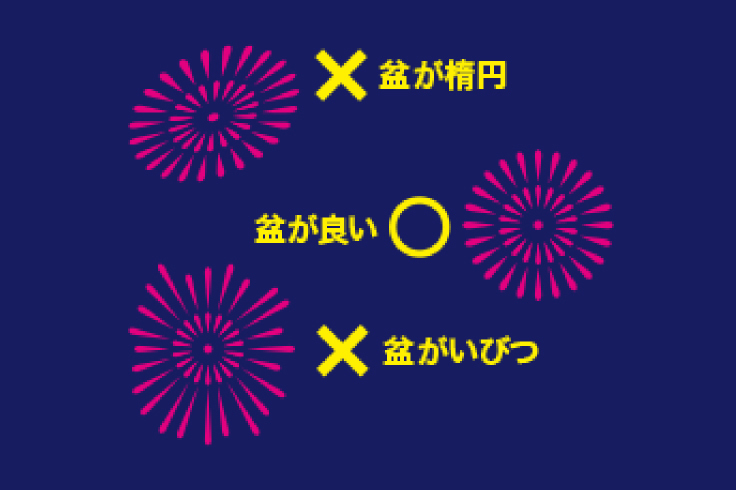
The spread matches the size of the shell, opening into a perfect spherical shape
The shape created when the fireworks open and the stars scatter simultaneously is called the "bon." The best is considered to be a large, beautiful, perfect sphere, which is referred to as "good bon." Fireworks that open into shapes that are not perfect circles but appear as distorted ovals or irregular shapes, or those that do not have a spread matching the size of the shell, cannot be considered good fireworks.
3. Good for stiff shoulders
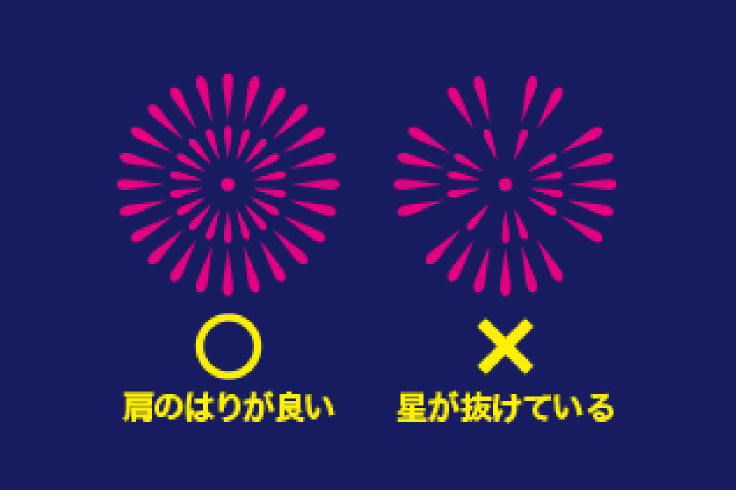
The scattered stars fly straight in a radial pattern, forming a circular shape.
Fireworks whose stars fly radially from the shell are considered the best, and this is called "good shoulder spread." It is not good if the stars flutter and swim at the tips, fly to unexpected places, or if there are "missing stars" that fail to ignite and are absent from where they should be, resulting in a sparse appearance.
4. Evenly aligned disappearing mouth
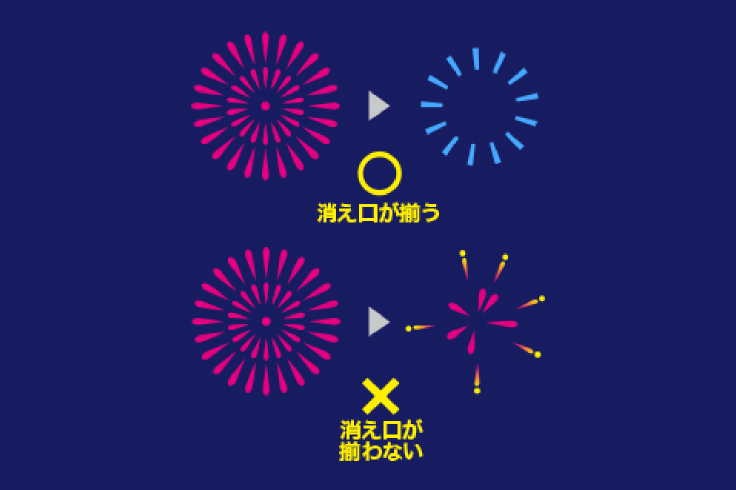
All the stars disappear simultaneously in a flash.
The timing of the stars disappearing greatly affects the beauty of fireworks. Ideally, all the stars change color simultaneously and burn out at the same time. The moment when the stars burn out is called the "disappearing mouth," and when countless stars that have radiated outward vanish all at once rather than scattered individually, the fireworks appear more refined and give a more beautiful impression. This is called "evenly aligned disappearing mouth." Also, for fireworks whose stars change color while flying, those whose colors change simultaneously are considered better fireworks.
Cooperation: Public Interest Incorporated Association Japan Fireworks Association
Source: Fireworks Introduction

